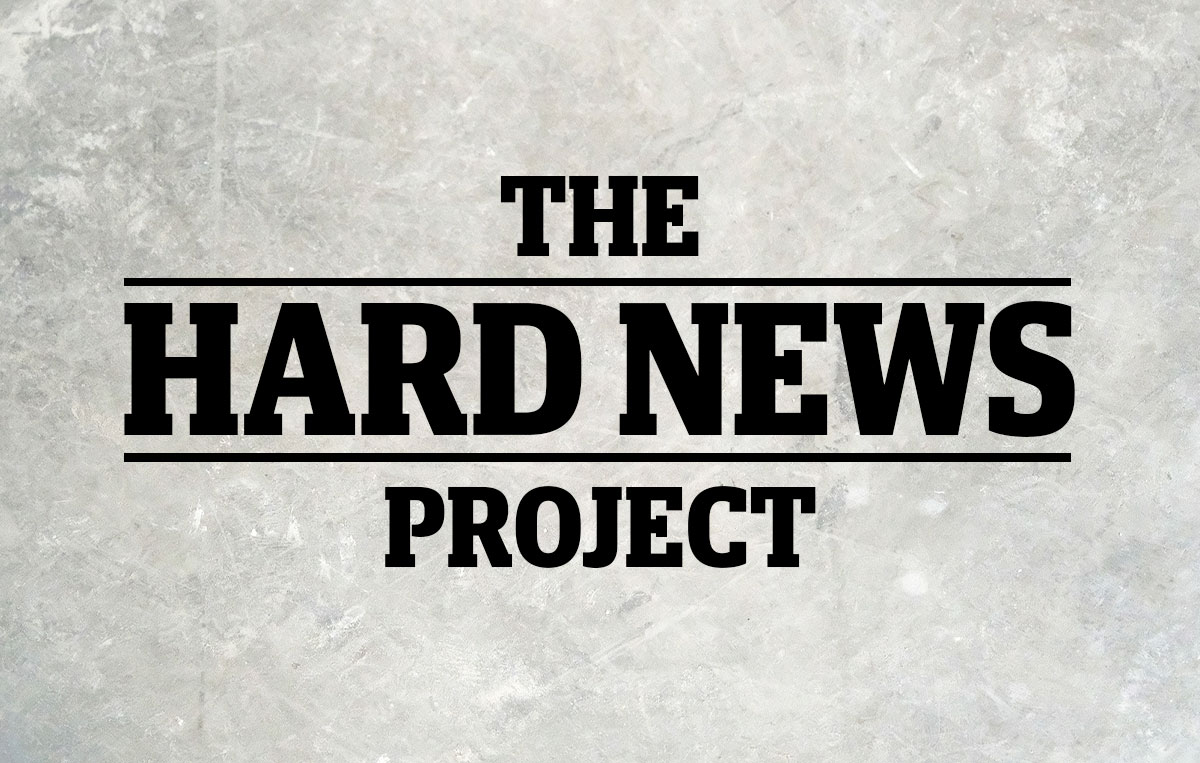Research by Newsworks & Neuro-Insight
A neuroscience investigation into the impact of “hard news” on advertising responses shows that hard news has no negative impact on advertising content. Brands using over-zealous brand safety restrictions in their programmatic buying are instead missing out on the benefits of advertising in the high-performing newsbrand environment.
Brand safety has been a hot topic for online advertising since The Times investigation of February 2017 discovered that big brands were unwittingly funding terrorism, supremacism and pornography by advertising on their sites and videos. Programmatic systems have developed tactics like blacklisting, whitelisting and key word block lists to avoid dangerous sites and content. However, whether intentionally – some brands avoid “hard news” online when they don’t in a printed newspaper or TV or radio – or as an unintended consequence, content which can provide great reach, engaged audiences and contextual relevance is being shunned.
A number of studies have shown the significant benefits of placing ads in a quality newsbrand environment, including Lumen eye-tracking studies, Paying for video attention, Attention = Sales, Paying (for) attention, Newsworks & AOP study Context Matters and The Value of Quality project with GroupM. But there’s a real risk that overly stringent or blunt brand safety measures are providing a barrier to better results.
Newsworks set out to explore whether there was a difference in responses to advertising in hard and soft news contexts. The research, conducted by Neuro-Insight, used a mix of neuroscience, to measure unconscious brain responses and more traditional quantitative and qualitative techniques, to capture conscious attitudes of readers.
Key findings
At a conscious level, readers can easily distinguish between hard and soft news stories and describe the feelings that are provoked. They appreciate the value of both. However, they also understand the role and value of newsbrands:
- 86% agree they “know that the role of newsbrands is to keep me up to date with all kinds of stories and that sometimes they can be upsetting or shocking”
- But 89% nevertheless “like browsing my newsbrand and coming across new things”
- Although some people prefer ads in a soft news context, others feel that ads in a hard news story are more trusted
Brain response is very similar for hard and soft news stories. There is no increased withdrawal from hard news. In fact, the research shows higher initial levels of brain activity for hard news as people get engaged with the story and a similar positive pay-off at the end.
Neuroscience results also indicate that a hard news environment delivers an incremental benefit to advertisers. It has no negative impact on advertising responses:
- Average ad dwell time is 1.4 times higher in a hard news environment (45 seconds versus 32 seconds)
- While the average levels of response to ads in hard and soft news environments are similar, the pattern of response shows more and stronger peaks for ads in a hard news environment. This indicates that the brain is more actively engaged and there is more likelihood of key messages being encoded into memory
- Ads in both hard and soft news environments deliver strong engagement (personal relevance), emotional intensity and most importantly, elicit strong levels of memory encoding

